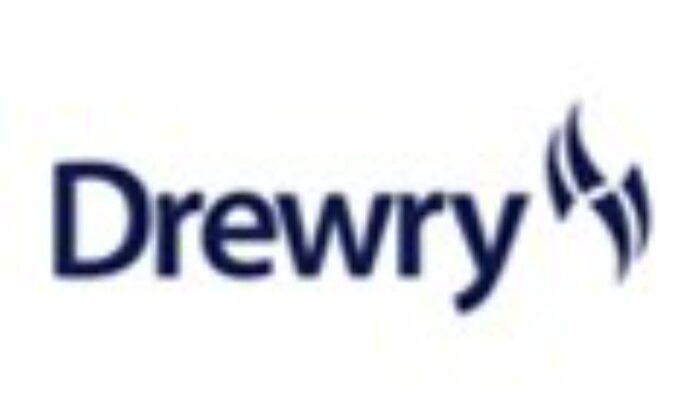
Drewry: Dry Bulkers’ earnings potential improved over the past four months
LONDON : The Drewry Dry Bulk Equity Index decreased 7.6% YTD, underperforming the S&P 500 which rose 8.1% YTD. The decline can be attributed to macroeconomic weakness caused by rising interest rates, an inflationary environment and contraction in China’s manufacturing sector in April, indicated by a PMI number lower than 50. Additionally, the earnings reported by dry bulk companies so far for 1Q23 are lower than in the previous quarter which is also affecting the performance of dry bulk stocks.
• In April, the Drewry Dry Bulk Equity Index fell 6.9% and underperformed the S&P 500 which rose 1.5% during the same period. Stock prices declined because of an increase in interest rates and rising inflation. Pacific Basin’s share price fell 7.6%, followed by a fall of 5.6% in DS Norden’s stock price. Golden Ocean’s stock fell 3.9% and Star Bulk Carrier’s remained muted whereas Diana Shipping’s rose 1.5%.
• In May (as of May 15), the Drewry Dry Bulk Equity Index fell 10.6% and underperformed the S&P 500 which declined 0.8% during the same period. DS Norden’s stock reduced 17.0% in May – the largest decline, as the company stated that its earnings will be significantly lower in FY23 than in 2022 due to the volatile tanker market and weak dry bulk market.
• The stock price of Star Bulk Carriers declined 13.2% in May, followed by Diana Shipping’s and Golden Ocean’s which fell 7.1% and 6.7%, respectively. Pacific Basin’s share price declined 4.6% as the company has substantial forward coverage at healthy rates.
In addition, Time Charter Equivalent (TCE) rates have also been on the rise after contracting in January and February. However, we expect TCE rates to fall in 2023 YoY due to uncertainty over China’s economic recovery and a decline in demand from the US and Europe because of rising fears of a recession and interest rate hikes. We expect the annual 1-year TCE rate for Capesize vessels to slide 3.4% YoY, but for other vessels, the fall is expected to be steeper; we estimate a drop of 11.4%, 12.9% and 12.1% YoY for Panamax, Supramax and Handysize vessels, respectively.
• Earnings potential of dry bulk vessels improved over the past four months which led to an increase in asset prices in March and April. Specifically, second-hand prices of five-year-old Capesize and Panamax vessels have increased by 9.5% and 7.5%, respectively, during this period. We expect asset prices to recover from the lows of December 2022 as China’s pent-up demand stabilises asset prices of dry bulk vessels.
• High vulnerability in the global economy can affect the dry bulk market as the global economy stands at a crucial vantage point with rising fears of a slowdown. At present, all eyes are on China’s pent-up demand which is perhaps the only hope for reviving the weak dry bulk shipping market
